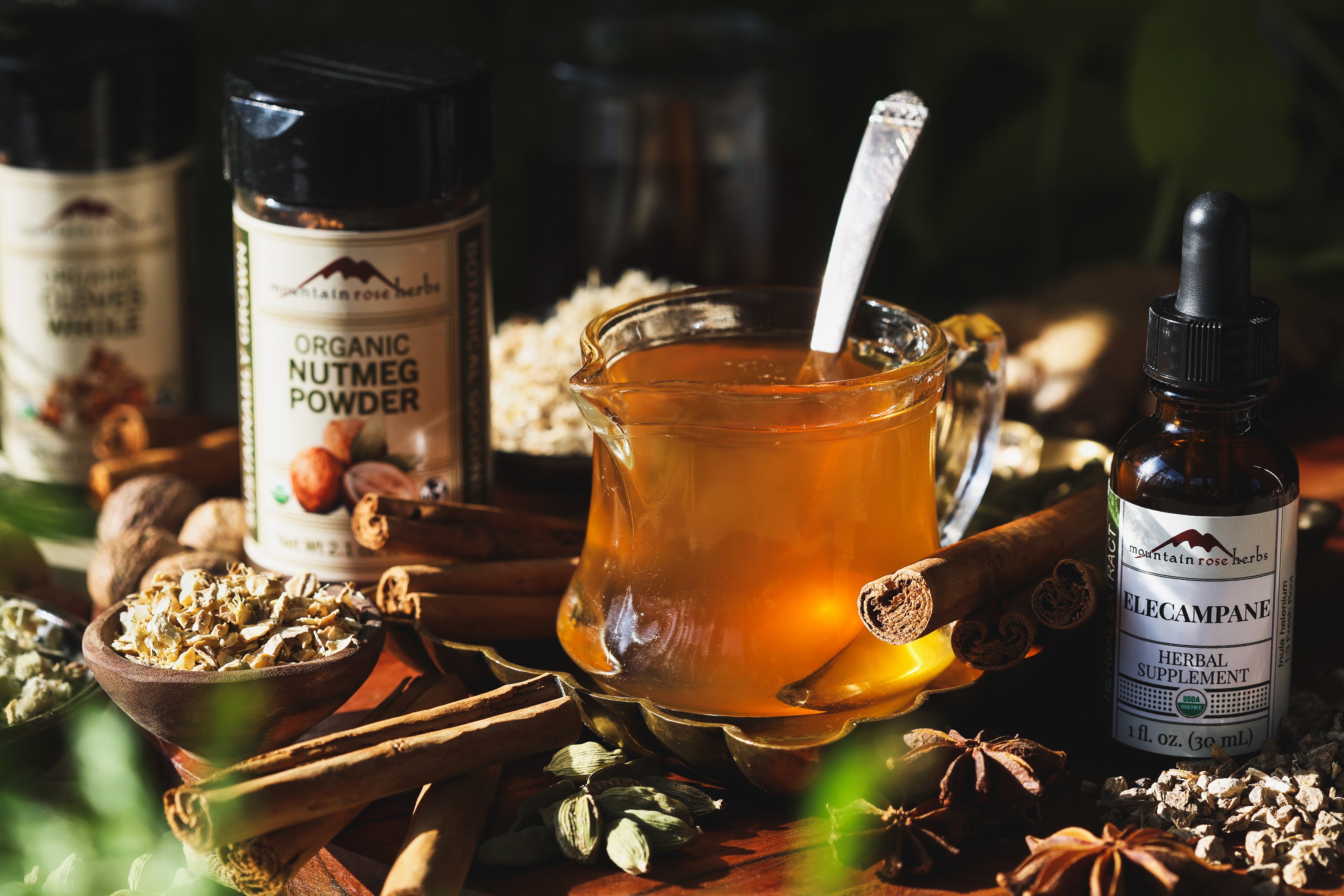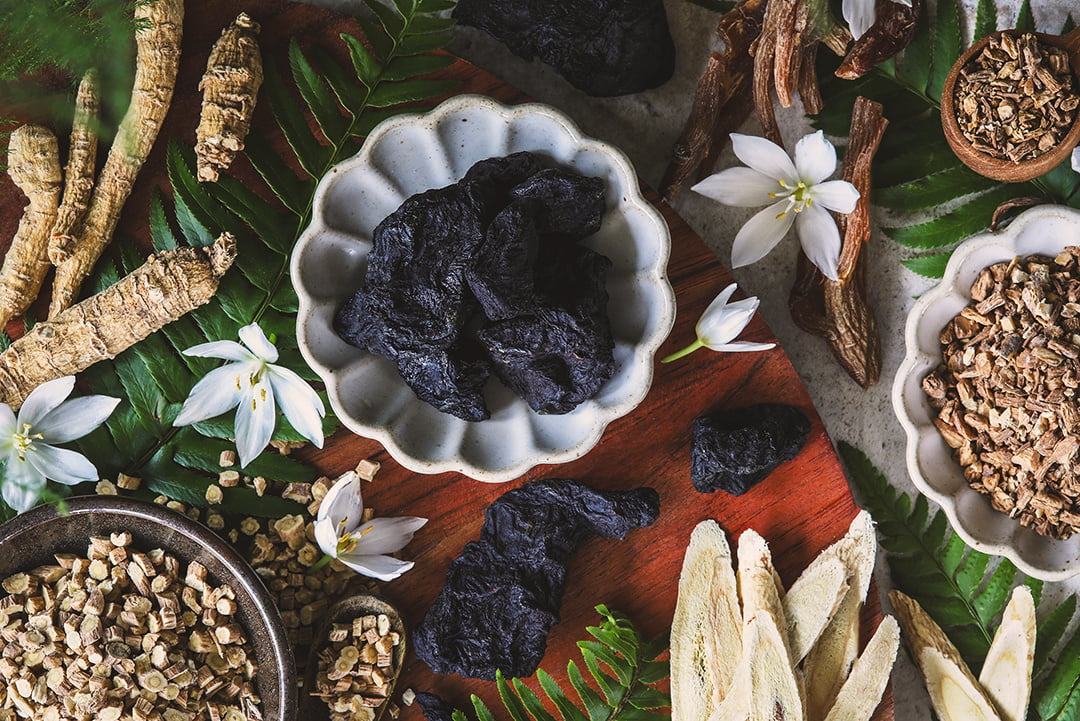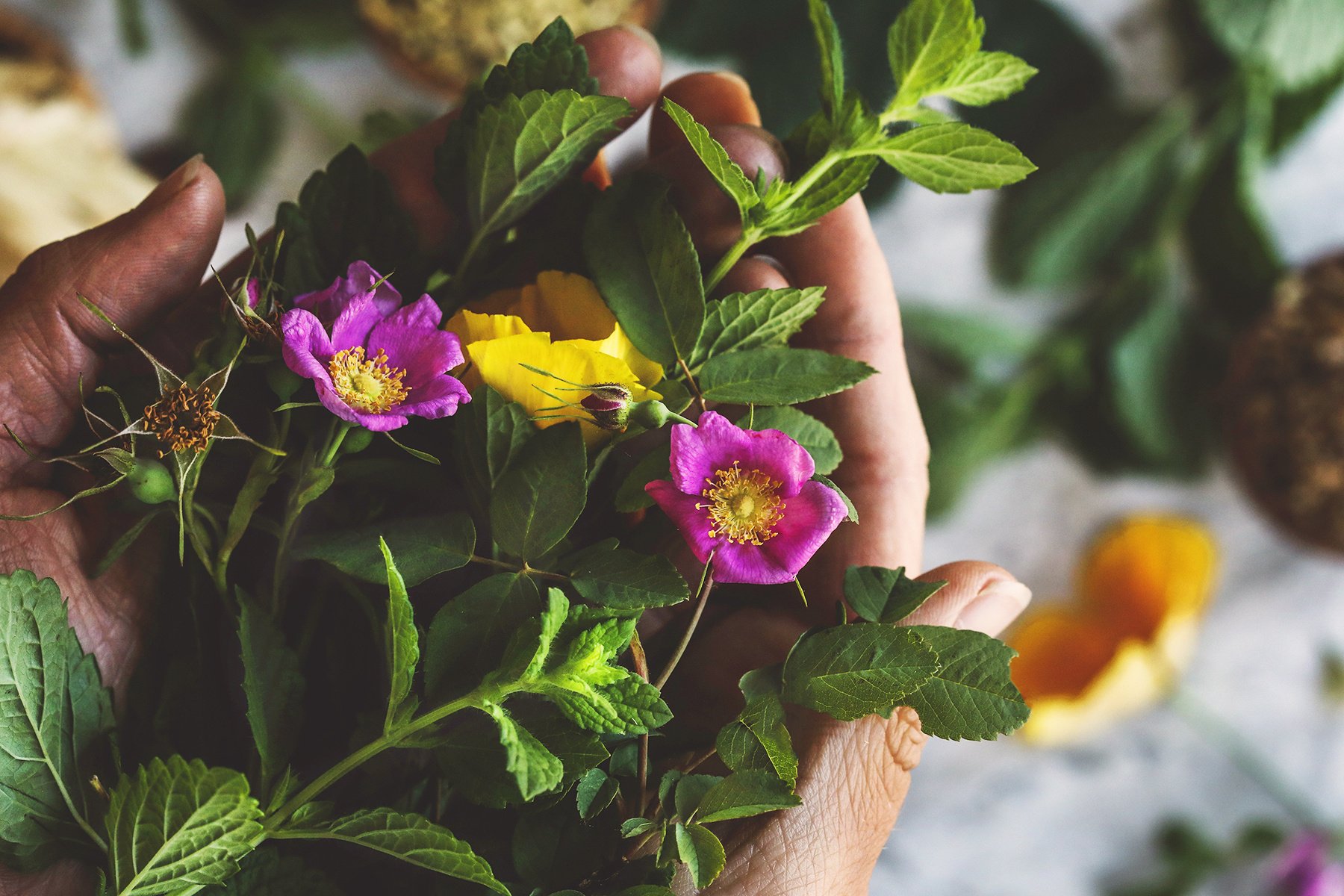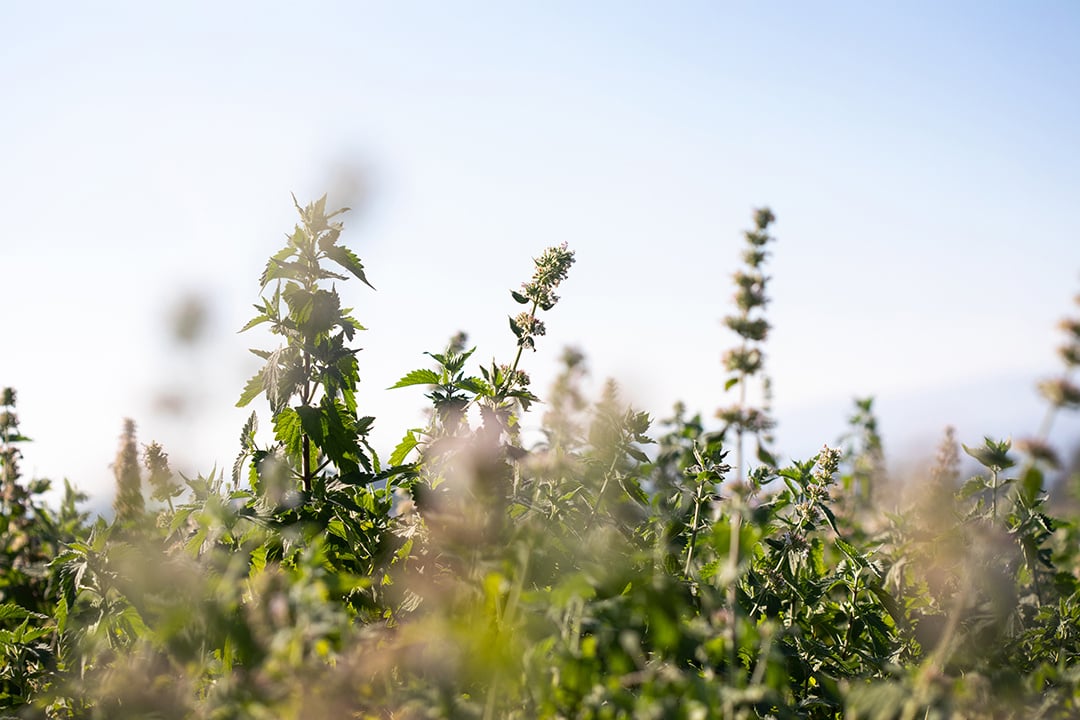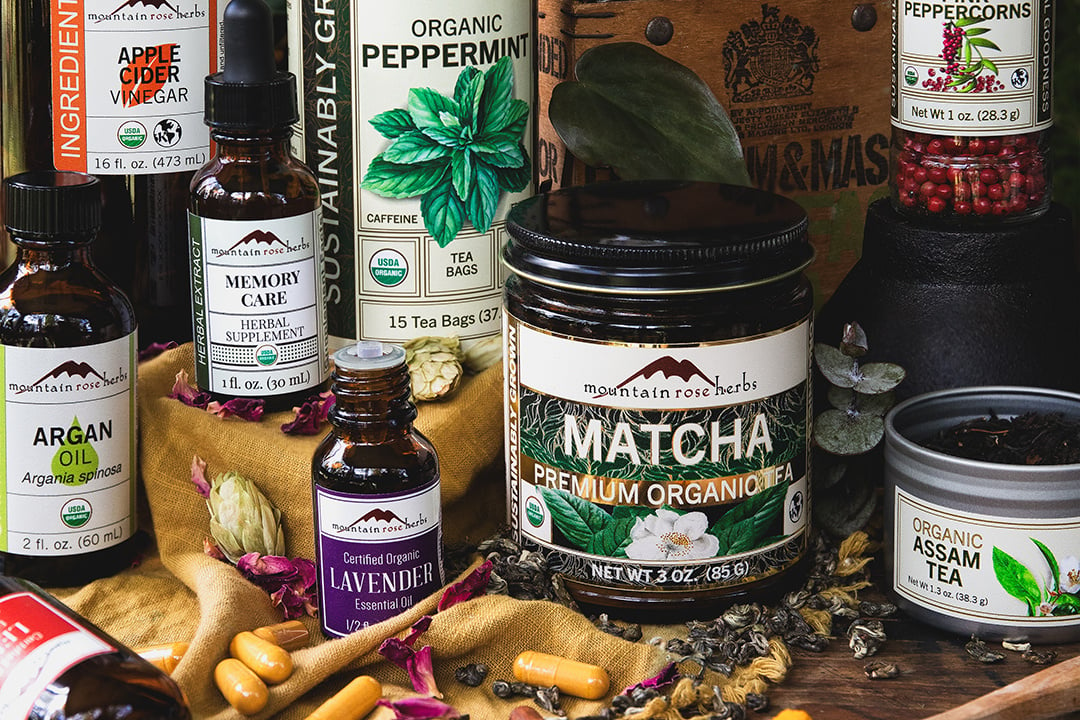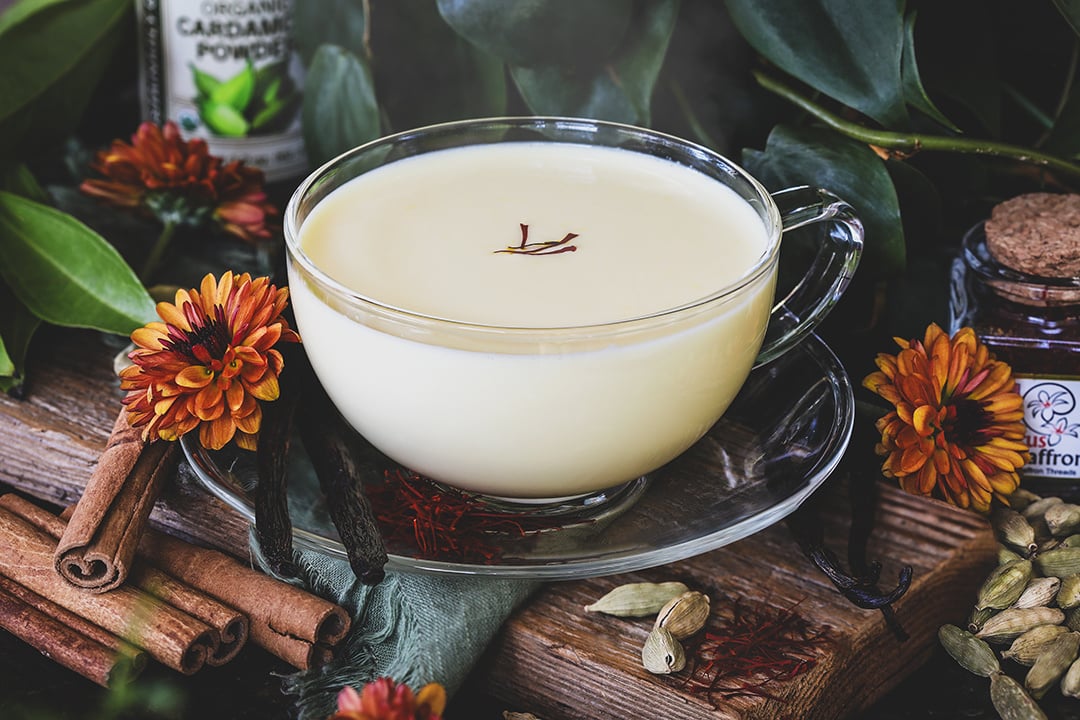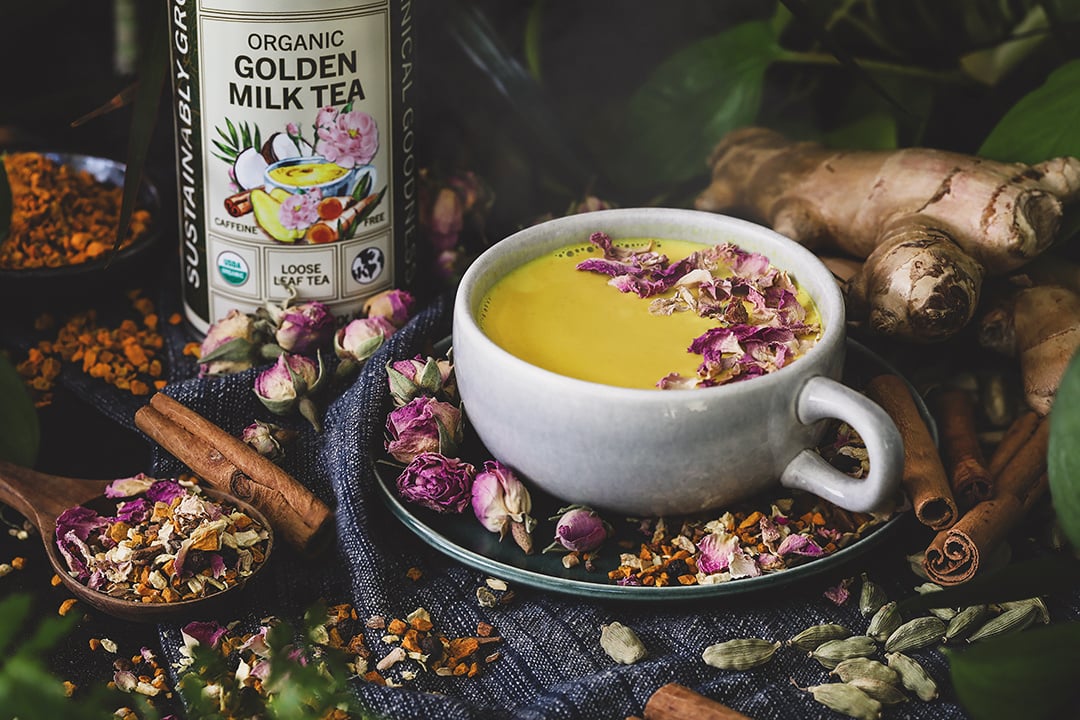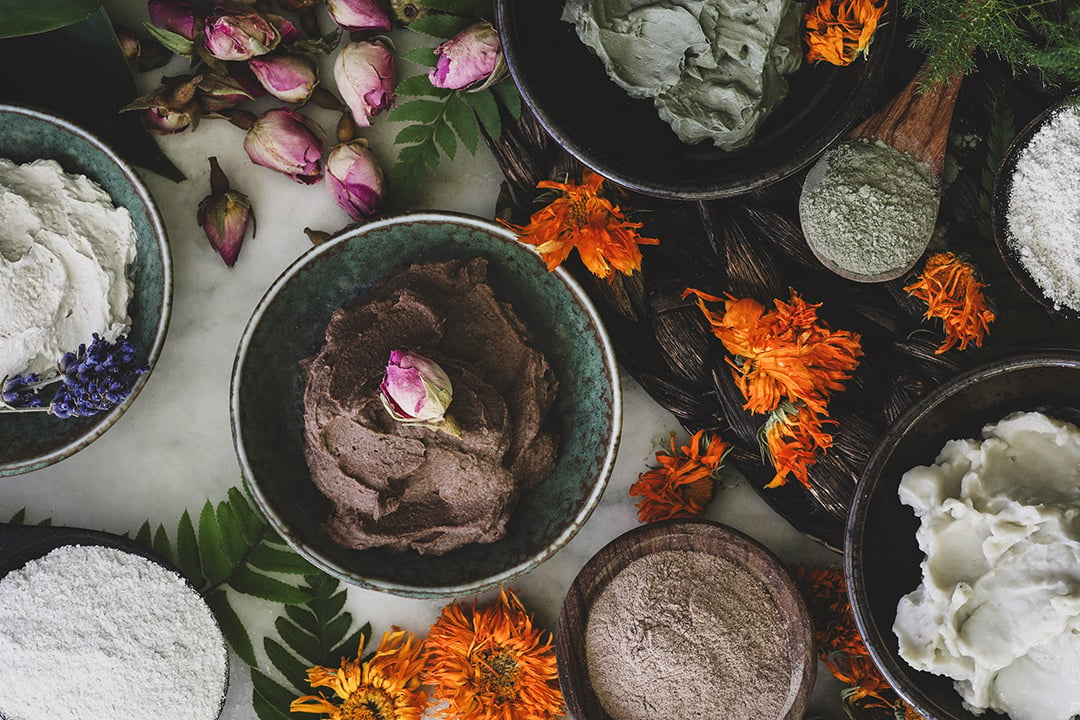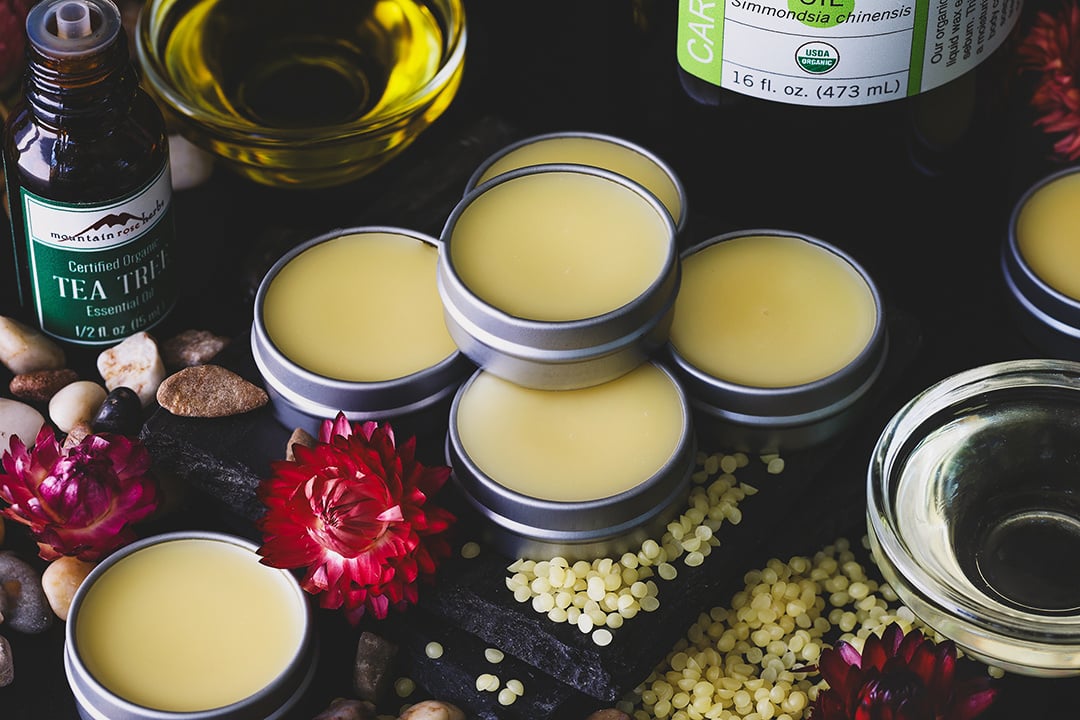Well, it’s official folks. We’ve approached the time of year when the gloomy clouds outside aren’t the only ones feeling under the weather. “Sniffle season” has been rearing its particularly unpleasant head around the Pacific Northwest this year, and it’s beginning to feel a bit like a game of “last man standing” within my family (which I did not win). Being bogged down with a case of the sniffles during the chilly winter months can make the damp weather and shorter days feel all the more dreary. So, having a well-equipped herbal toolbelt can lend an invaluable helping hand towards making it through the germy winter season unscathed. One of my most relied on tools in my seasonally supportive toolbelt this time of year is herbal-infused syrups.
Read MoreHerbal medicine is found around the world and is still used by many societies as a primary form of healthcare. Both Western Herbal Medicine and Chinese Medicine (CM) utilize herbs to maintain vitality, but their philosophies and classifications differ significantly. In Western herbal medicine, tonics are herbs used to tone and strengthen the body. In CM, however, tonic, or more accurately, "supplementing” herbs serve a broader function, working to balance the body's vital energies, including qi, blood, yin, and yang. This article will clarify the distinctions between Western tonics and CM supplementing herbs, providing a deeper understanding of their unique roles. It will also explore five key Chinese supplementing herbs.

Many years ago perched on a damp wooded hillside while mushroom foraging, I was struck with a simple yet profound lesson: Nature’s diversity is its might. Quietly kneeling on a soft bright green moss to closely observe the tiny fruiting body of a local fungi species, I felt hope.
Read More
The holidays have fallen upon us, and what better way to celebrate the season than by gifting the home herbalist in your life with a thoughtful present that inspires their passion for plants? Whether your loved ones are just embarking on their herbal journey or are a seasoned herbalists in their craft, we've put together a holiday gift guide that will offer useful, thoughtful, and sustainable gifts for all types of herbal enthusiasts. From evocative essential oils kits for the aroma-aficionado, Ayurvedic skin care for the enlightened, or gourmet spice blends for the herbal chef, this guide highlights a plethora of unique herb-inspired gift ideas. From the Mountain Rose Herbs family to yours, we wish you a wonderful, joyful, and festive holiday season with the ones you love most.
Read More
Vanilla is both unassuming, yet utterly magical. As a child, I remember believing that vanilla was a plain or even boring flavor. Now as an adult, I realize that nothing could be further from the truth. With its delicate and creamy flavor, vanilla is not only enchanting on its own, but it also has the power to draw out and enhance any other flavor that it is paired with. I find myself adding vanilla extract to matcha, hot cocoa, coffee, moon milk, oatmeal, chia pudding, and, of course, almost all my baking projects. With such a variety of uses, it is no wonder that I like to make sure that vanilla extract is well-stocked in my cupboard, which is why I have taken to crafting my own in larger batches. Vanilla extract is surprisingly easy to make at home—all you need is whole vanilla beans, alcohol, and a jar. It also makes an awesome DIY gift!
Read More
At Mountain Rose Herbs, we feel it is our responsibility to ensure all the botanicals we offer support the entire supply chain. This includes the farmers, the harvesters, and those who call upon them in times of need. One of the strategies we employ to ensure a steady and sustainable supply of organic herbs and spices is contract purchasing. This means that we make projections of our community’s needs, sometimes before the seeds even go into the soil, so that farmers can better rely on the sale of their crops and we can ensure people will have access to what they need to support their health and wellness goals.
Read More
People often struggle to understand what “organic” means, and consumer research has revealed that many are not familiar with the regulatory and enforcement processes that uphold the organic seal. In response to this, the United States Department of Agriculture (USDA) has come up with four easy-to-understand pillars that make up the USDA organic label. Each pillar highlights a key component of the National Organic Program's (NOP) process for developing and enforcing organic regulations.

If you’re looking for a new warm drink to try this fall, a saffron latte might be just what you need. It’s warm and comforting, with a touch of decadence. The floral notes of saffron, mixed with a hint of vanilla and spice, create a delightful balance in this recipe.
Read More
The first chilly winds of fall have reached western Oregon, signaling the hottest days of summer are coming to an end. With the change in season upon us, I am looking for ways to cozy up, nest in, and find warmth. One of my favorite fall practices is the process of making hot herbal drinks on the stove. I enjoy the time of stirring my colorful herbs and thinking about all of the wonderful ways they support my wellness as they dance around the pot. Luckily, Mountain Rose Herbs recently released their newest tea blend just in time for fall. With a warm, rooty aroma and a smooth but gently spicy flavor, the new Golden Milk Tea is the perfect addition to my want of all things warm and cozy.
Read More
When mineral-rich rocks, natural weathering, and the span of a few hundred years become intertwined, the Earth provides a fine-grained material known as natural clay. For millennia, cosmetic clays have been utilized throughout nearly all ancient and traditional beauty regimens for their beneficial properties and applications for many skin types. The earliest use of cosmetic clay, or “medicinal earth”, dates back to the Stone Age by the oldest known early humans, Homo erectus and Homo neanderthalensis. Experts theorize the concept of using clay was sparked as our ancient ancestors witnessed animals instinctively bathing in mineral-rich mud. These early humans are believed to have mirrored the behavior with a natural clay earth pigment known as ochre to aid in wound healing and soothing irritations. Cosmetic clays have since evolved alongside humans and are a prevalent resource in traditional healing methods throughout Ayurveda, ancient Egyptians, and Indigenous American populations.
Read More
You may be familiar with castor oil for its long-standing reputation within the beauty industry as the secret weapon for maintaining luscious hair and providing deep moisture and protection for the skin. However, you likely aren’t as familiar with this precious oil’s fascinating history and countless additional applications. Along with being an effective humectant for scalp and hair, castor oil has been utilized throughout history in everything from cosmetics to leather tanning. Interestingly enough, castor oil has in recent years even been considered as a desirable substitute for petroleum resources used in the fuel production industry!
Read More

